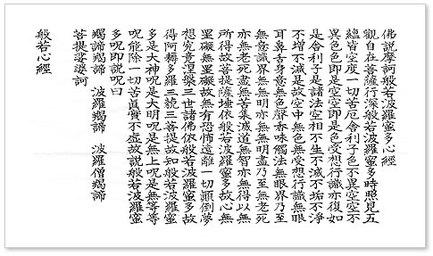Shodo Styles

There are various calligraphy styles, types and forms, that have been developed in the last 3000 years together with our mankind history. The style could sometimes reflect characteristics of those times, trends,
favour of the ruler and often a curiosity of calligraphers at that time.
While expanding various forms and styles, skillful calligraphers continuously challenged and mastered the uncountable layers of techniques and unfolded a depth of calligraphy itself.
Even if there is the same style of calligraphy, calligraphers magically unfold a different expression with Sumi ink on paper.
Here are the major calligraphy styles and some examples.
In Shodo there are three basic styles:
KAISHO ( block / regular script )
GYOSHO ( semi-cursive script )
SOSHO ( cursive script)
One normally starts the SHODO practice with the Kaisho style and then step up to
the GYOSHO Style. Those two are commonly practised calligraphy script.
When one completes the two major styles, one can start with Sosho style.
These are often followed by KANA ( Japanese Hiragana in cursive )
If school children in Japan have a choice of SHODO in an art class, they only practise KAISHO Style.
SOSHO GYOSHO KAISHO
And the further calligraphy styles for Shodo practice are six types.
ZEN, ZENEI,SHAKYOU are additional alternative types.
favour of the ruler and often a curiosity of calligraphers at that time.
While expanding various forms and styles, skillful calligraphers continuously challenged and mastered the uncountable layers of techniques and unfolded a depth of calligraphy itself.
Even if there is the same style of calligraphy, calligraphers magically unfold a different expression with Sumi ink on paper.
Here are the major calligraphy styles and some examples.
In Shodo there are three basic styles:
KAISHO ( block / regular script )
GYOSHO ( semi-cursive script )
SOSHO ( cursive script)
One normally starts the SHODO practice with the Kaisho style and then step up to
the GYOSHO Style. Those two are commonly practised calligraphy script.
When one completes the two major styles, one can start with Sosho style.
These are often followed by KANA ( Japanese Hiragana in cursive )
If school children in Japan have a choice of SHODO in an art class, they only practise KAISHO Style.
SOSHO GYOSHO KAISHO
And the further calligraphy styles for Shodo practice are six types.
ZEN, ZENEI,SHAKYOU are additional alternative types.











